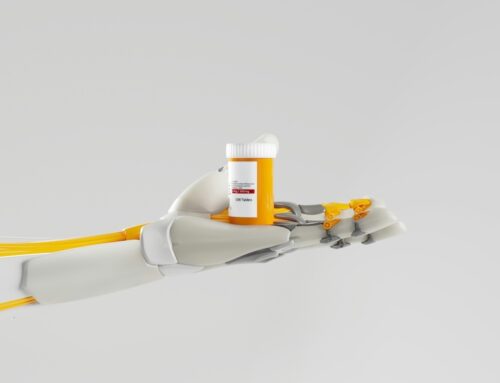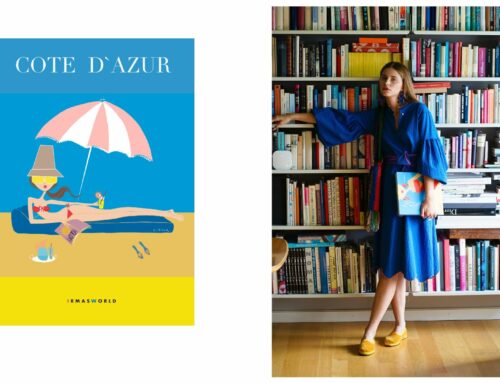The art of personal transformation. Can people see beyond their belief system?
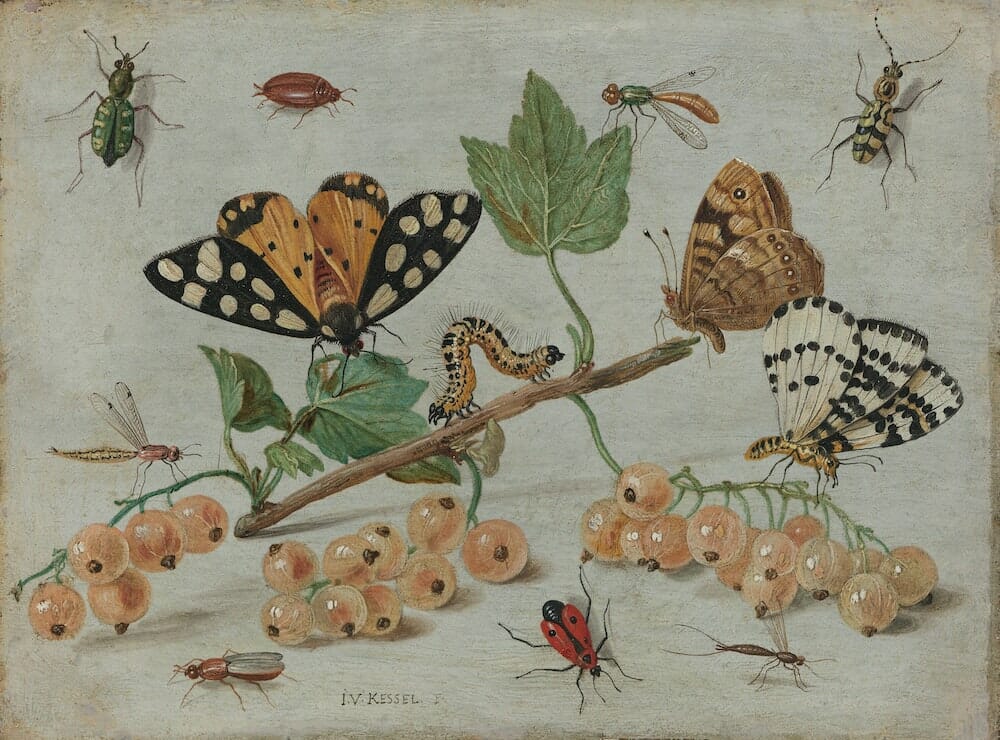
Photo Credits: Elisa Hutter
Ever since the COVID pandemic broke, everybody started talking about change and personal transformation. That the new virus is a wake up call for our society and humankind. That we need to change our personal behaviour, lifestyle and the way we treat the planet. But suddenly an overwhelm and fear settled in. Despite that most us know that the only constant in life is change, somehow people still felt uncomfortable around change!
It’s kind of simple to explain. Change would require from us giving up old habits and getting out of the comfort zone.
Desperate to hold on to our “normality”, to go back to what was before, is a clear sign of fear and unwillingness to change. And why would we want to change when what we know feels safe and familiar?
So with this article I decided to explore the relationship between people and change. Why we are still afraid of change and isn’t personal transformation supposed to be a good thing? Can people really change?
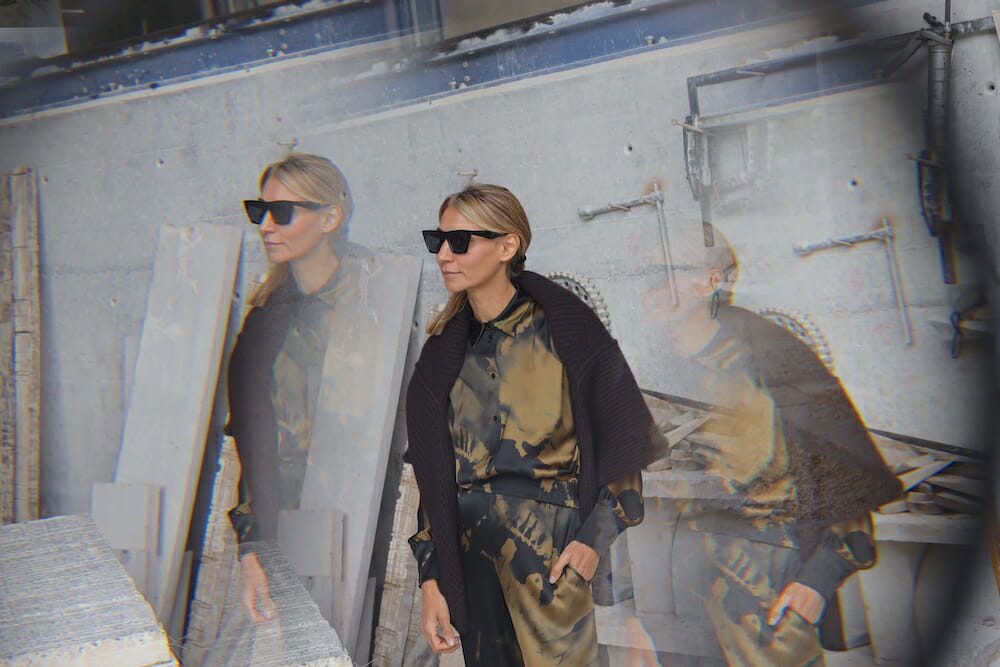
To Change the Way You Think, Change the Way You See
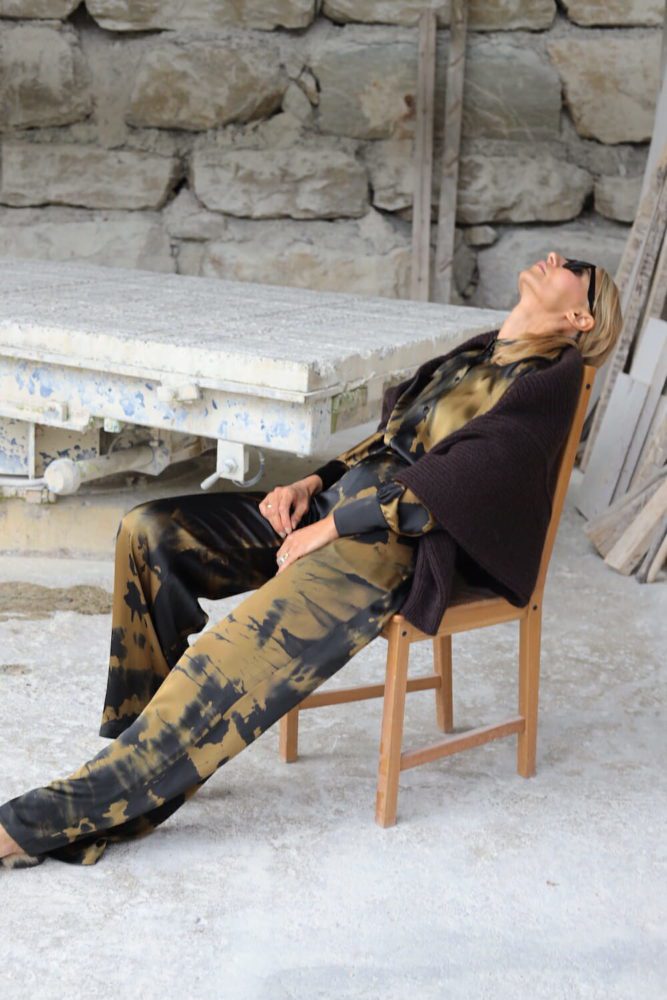
I’ve been living with the same man for 20 years now, and I know that in many relationships partners often want to change one another. At the same time people do change, but often in opposite directions, becoming more settled and even trapped in their ways of thinking and their beliefs.
This past year has forced us into isolation to a point where we could not discuss openly with others our views and ideas. We were not any more exposed to other opinions and nobody questioned our thinking and beliefs…Hence we became even more occupied with our own lives and ways of thinking, leaving us a little more intolerant and narrow-minded to others.
If you ask me I still believe in change and in the ability of people to grow and evolve. Even in a situation like this, when we are slowly emerging from a long social isolation, finding our way back to the outside world and our friends and colleagues, where the uncomfortable conversations happen and where someone would challenge our thinking, our habits, triggering the personal transformation.
In such times I ask myself whether we will be able to change for better? And how is this possible, because a lot of people want change, but they don’t know how.
In my country we have a saying that a wolf may change his coat, but never his character, or that you can’t escape your genetics…or your character.
Yet in the world we live in today, we talk more and more often about epigenetics, Biohacking and mindset change. I think the definition of epigenetic says a lot about people’s ability to transform: your behaviors and environment can cause changes that affect the way your genes work. Unlike genetic changes, epigenetic changes are reversible and do not change your DNA sequence, but they can change how your body reads a DNA sequence. So if we can affect genetics, then we CAN change.

Today there is scientific proof that our mindset and thinking also influence us on a cellular level. Through mind control we are able to change our DNA.
But how exactly?
For those who are curious and willing to tap into their potential, I met with two of my favourite people, friends, lifestyle coaches and mediators, to discuss people’s ability to change, whether we can hack our own belief system and thoughts in order to start living differently and feel happier, at peace with ourselves and the world.
Esther Seibt for me is the epitome of personal transformation. She’s been an actress, a singer and a High frequency coach, Kundalini Yoga & Meditation teacher, Sound and energy Healing Vocalist. Esther not only likes to talk about change, she hesrelf is not afraid of it and has done it many times on purpose and with clear intention, not by chance. For me was very interesting to find out what she thinks of people and change and how we can hack our thinking in order to see ourselves from aside and be able to initiate true change.
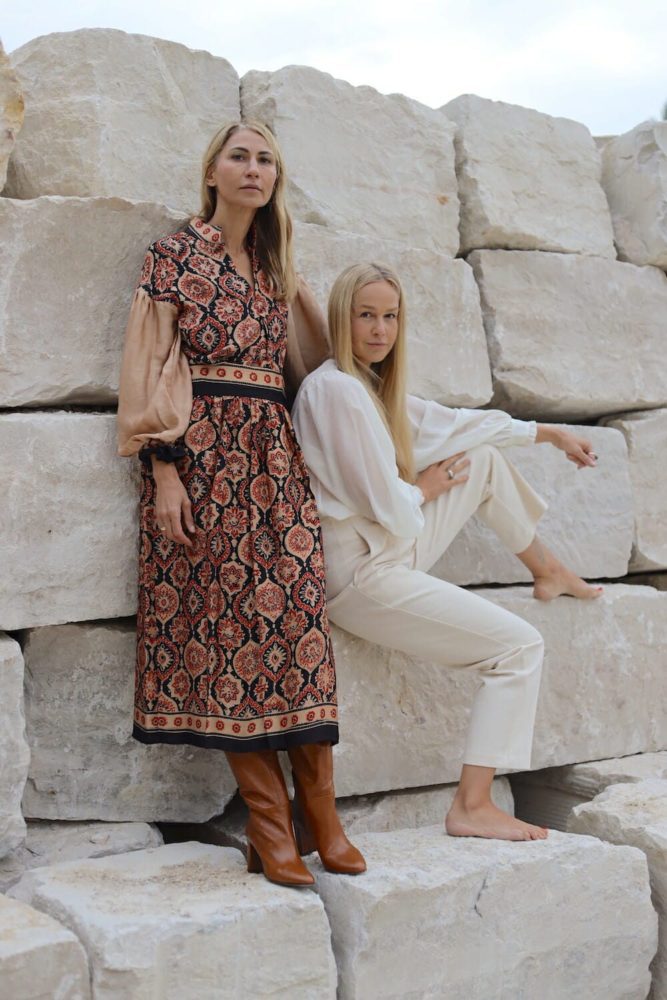
Tsitaliya: We live in a time that requires from us different thinking, different behaviour, attitude and lifestyle. A lot of people are not ready for personal transformation and there are others who want to change but don’t know how. It is a challenging moment in the history of the world. Do you believe in the ability of people to change?
Esther Seibt: Of course I do. Yet, we have to determine change. Change of personality? No. We are born with certain personality streaks, weakness and strengths. We can nourish or learn to control them, but we cannot make them go away. IF we try, we just create fractures of disliked parts of the self and leave our chance for living in wholeness and sourcing from all we are.
Change of perception and response on the other hand can easily be achieved? But note: for yourself only and out of free will, never because someone wants you to. You have to want to!
Tsitaliya: What are your favourite tips on hacking our own thoughts and belief system?!
Esther: There are two major aspects about change.
One: you cannot make anyone else change, you can only create change within you and then inspire others to do the same, by living that change full heartedly.
Two: Change is a process into the unknown. It’s often a wild ride and surrender is crucial to making it become a ‚successful’ journey. Chaos is a natural state and full control is a myth. When you are willing to allow your world to get shaken up, trusting that once you have entered YOUR journey, you will find yourself in a life, surrounded by people who support and love one another, you have already changed!
Tsitaliya: How can we start recognizing our thought patterns and even change them when we see they are not serving us any more…Where do we start?
Esther: You have to learn to listen and read – yourself and others. It’s all there. Our body, our emotional system, our energetic field tells us every day, when we leave our path of the soul or betray our code of conduct.
When pain arises, we often try to make it go away, by using our mind to control this pain, instead of accepting its often simple sources like fear, dissatisfaction, abandonment… .
We are trained to find explanations for everything. When we do so, we turn pain into suffer. The pain gets a reason, that reason, has another reason, and then there was this reason to the reason. Do you see how hard it already is to remember just the pain? You would have to follow back each and every thought until you reach the root ofd the pain.
Yet, right at the root lies healing. You must be brave and look your most honest reason, your beast as I call it, into the eye, asking yourself, what would I need from myself or others, to not feel this pain anymore.
From here, you can alter your behavior, expectation, thought… You name it.
Small exercise: When an uncomfortable emotion or physical feeling arises, breath into it, let it guide you through your system. From physical sensation, to connected emotion, to underlying thought, to reason why it arises and what it’s telling you. Then sit with that story and let it run through your system. Play it out, worst scenario, what if all you felt and thought was true.
Then turn it around. Who would you be without that thought, expectation or behavior. Feel into it. Determine who you would be in this situation, what you felt like, looked like, spoke like, walked like. See yourself in the solution, beyond avoiding the pain, but as a survivor who went through that pain.
Breath, feel, implement, go on.
And then: read Katie Byron! A mastress of unravelling the mysteries of pain deception ;) !
Ariane Tavakol experienced change in her life through traveling and living in different places of the world. As much as this sounds like a dream for many, for those who have done it, you would know starting from scratch is never easy and it requires open mind, flexibility, alertness and before everything the ability to reinvent yourself in many different ways. This is why may be today Ariane is working with people who desire personal transformation and need to reinvent themselves, people who want to cultivate their inner voice, remove all excuses and blocks, find confidence, calm and ground under their feet no matter what life throws their way.
I was very curious to hear her opinion on people, change and hacking your own belief system.
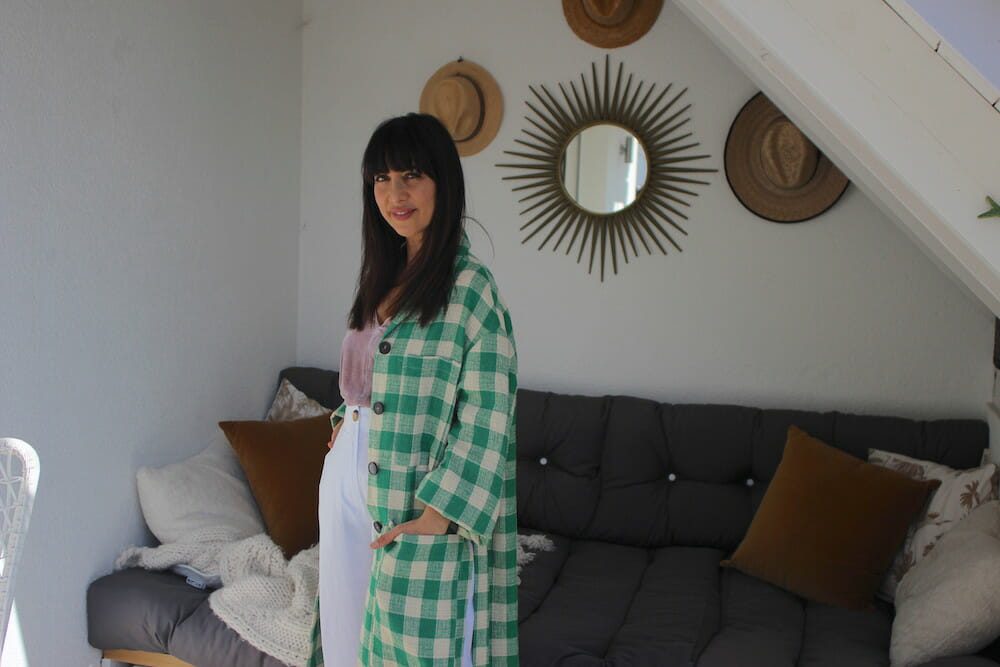
Tsitaliya: Ariane, working with so many people, do you believe in inner change?
Ariane: “If you believe you can or believe you can’t, either way you’re right.” – Henry Ford
All behaviour is belief driven therefore the beliefs we learned can be unlearned.
And if you keep telling yourself that you’re not smart or good enough, you program your brain to think it’s real.
Tsitaliya: How can we initiate change in our life in order to start our own personal transformation?
Ariane: My Tips start with training your mind to change your mind – visualize what you want to achieve
“What the mind can conceive and believe it can achieve.” – Napoleon Hill
“It’s not I’ll believe it when I see it. It’s I’ll see it when I believe it.” – Wayne Dyer
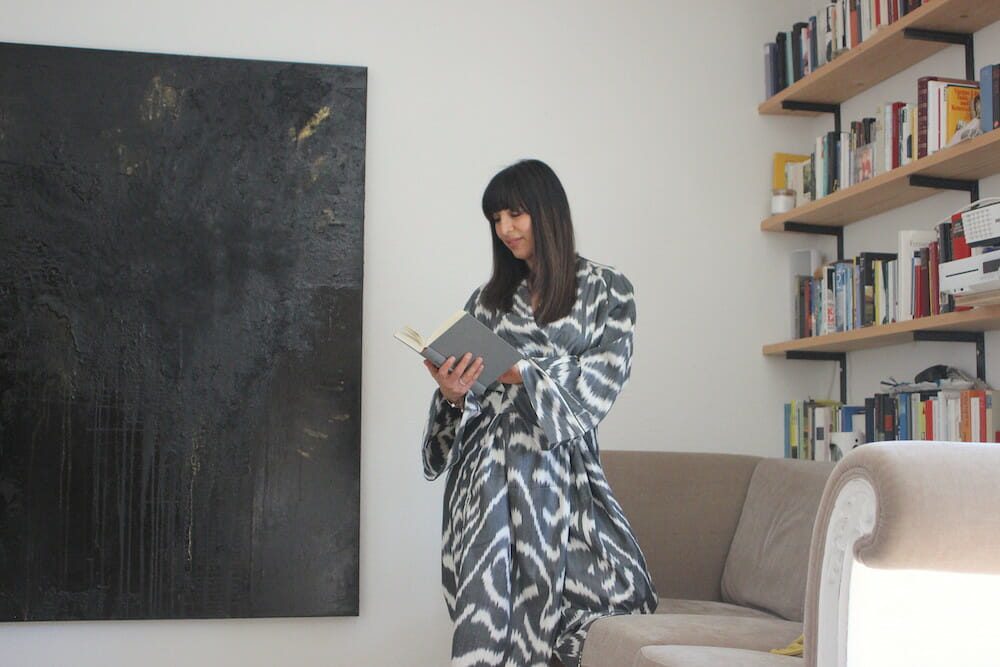
Here is an Example: Roger Banister in 1954. He broke the 4min mile. Throughout history, many tried to run a mile in a minute . Interesting how he was able to do it.
He’d close his eyes and visualise himself crossing the finish line and looking at at the clock in his mind that says “3 minutes and 59 seconds” – success is an inside out process. It has to happen in your mind before it happens in the external world. He saw the result in advance.
Nobody could do it then the moment one does it, more and more people started breaking the “4 minute mile”. The change happened in the belief, in the mind. The belief before then was that not only it wasn’t possible, but the human heart could not sustain a 4 minuet mile and it would explode in your chest.
My second tip: Think of other possible interpretations
List some of your deeply rooted beliefs.
- Where do you think they originated? (did you not get a perfect grade? Did your mom tell you that you look chubby? “how many times do I need to tell you the same thing? “can you ever do anything right?..)
- How did your parents react when you didn’t do what they wanted, when they wanted, or the way they wanted?
- Remember what your parents said or did when you made a mistake. (not how you felt)
Now ask your friend how they would interpret those comments.
Examples:
- mistakes and failure were considered bad in your family but that doesn’t; mean they’d be considered bad in all families. Ex: Thomas Edison who tried 1000 different filaments before 1 worked! “i didn’t fail! I just had to try 999 times before 1 worked!” They were valuable experiences!
- Mom and dad were mad or annoyed because you didn’t do what they wanted or the way they wanted, or when they wanted, not because you made a mistake or failed.
Another Example: the rain and its many different interpretations.
-if it rains while you’re at home watching TV, you have no feeling about the rain
-if it rains for the first time in months, as a farmer you’re excited.
-if it rains on your wedding day, and everyone is soaking wet then you’re upset.
The rain has absolutely no meaning and cannot produce any feelings but give the rain 1 meaning and you feel good and 1 meaning and you feel bad.
Last I would suggest to get clear! (Clarity = Power)
- What’s getting in your way? (behaviors, thoughts, relationships..)
Your brain repeatedly beats up on you for your faults in an effort to keep you from taking risks. This way you keep playing small, rarely speak out, and don’t die.
- Write down everything that you hate, don’t like about you but you’ve been putting up with, and just plain don’t want to do anymore about the specific areas.
- Now turn all these things you no longer want into things you REALLY want. For each negative point, create one positive one.
- Watch your language!
Sign to receive the complete experience
with unpublished content & community deals
